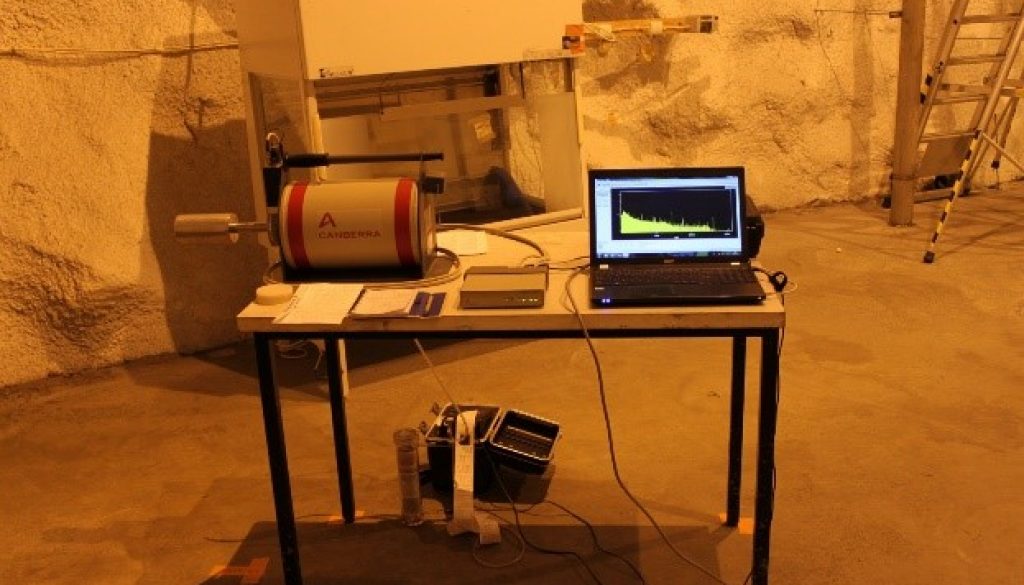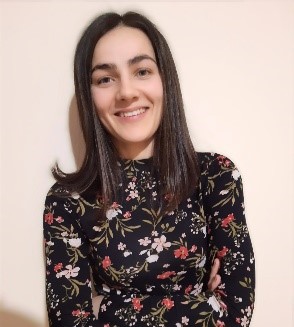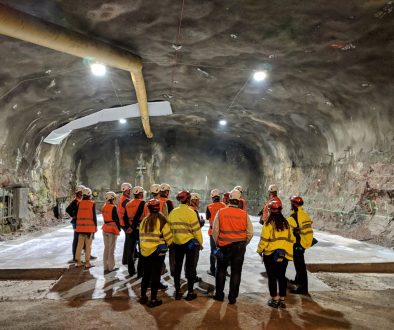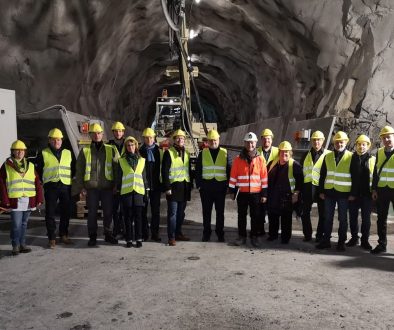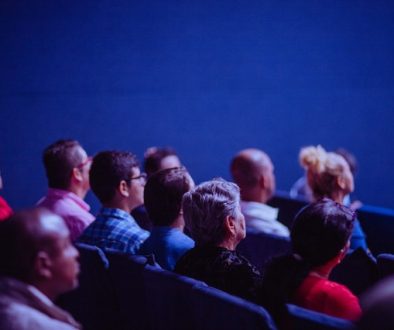Lessons Learnt: Research in the BSUIN project
Participation in the BSUIN project, in which we present a research and scientific institution, allowed us to carry out many interesting measurements of natural radioactivity in several underground laboratories at different depths and in various types of rocks.
From measurements to comparable data and recommendations
The full characterization of underground laboratory facilities requires a thorough knowledge of local geology and natural radioactivity. It often happens, that the natural radioactivity in one hall of an underground laboratory differs significantly from the neighboring hall. That is why cooperation with experts, who are geologists, is very important to us.
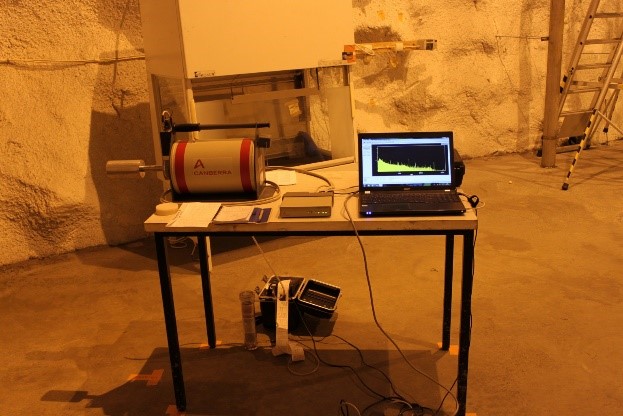
In addition to many measurements of natural radioactivity, we have collected a lot of information on similar measurements in underground laboratories located around the world. It gave us a broad view on what we should mostly pay attention to when it comes to the characteristics of underground labs in the Baltic Sea Region. The result was, among other things, the creation of a universal form, that should be prepared for each laboratory so that all underground laboratories could be compared in an easy and consistent way. In addition to the required measurements, the form also includes recommendations for measuring natural radioactivity. Of course, many of the laboratories participating in the BSUIN project require even more detailed and basic research on natural radioactivity, but it also allowed us to extract and highlight the deficiencies.
Various ways to use underground facilities
Underground laboratories are currently enjoying an increasing use. They can be used not only to conduct experiments in the field of physics, but also in biology, mining, business, and in plant and mushroom farming. They can even be used in organizing meetings and various types of events. We are all exposed to natural radioactivity in everyday life, which is why identifying it in underground places (including underground laboratories) is very important, not only for scientific research, but also for our safety.
New experiences and multidisciplinary collaboration
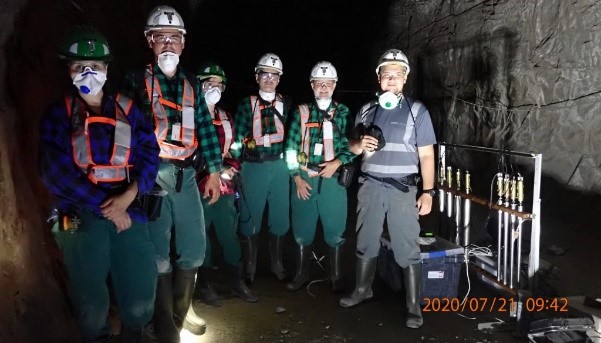
For us, as scientists, the BSUIN project allowed, inter alia, to expand contacts, gain new experiences, and it also made it possible to conduct interesting measurements in places with different geology and depth. Such research is also an opportunity to compare and verify your measurements and measuring equipment among experts from various international research centers. During the project, several interesting multidisciplinary scientific publications presenting our research were produced. We were also able to present them at large international conferences, which is very important for us as scientists.
In our opinion, regular meetings, talks, and mutual support of experts from various fields are the main factors that contributed to the incredible success of this project.
Katarzyna Szkliniarz
researcher, project assistant, Institute of Physics, University of Silesia, Poland
Lessons Learnt blogs are written by BSUIN project members. They write about lessons they have learnt about international collaboration, Baltic Sea cultural heritage as well as co-creation in multinational and multidisciplinary teams.

